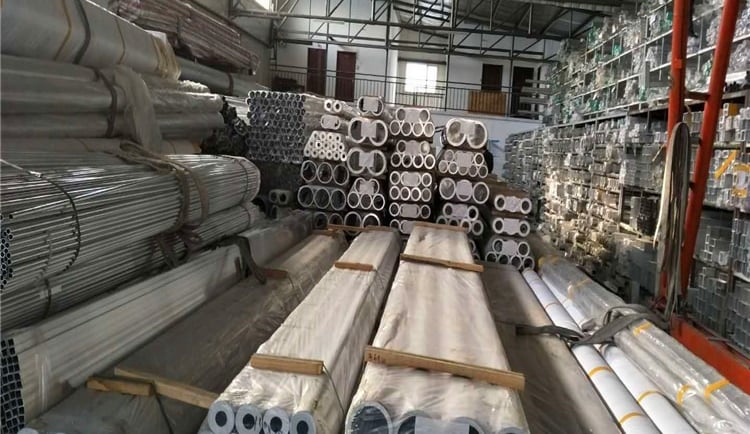A Comparative Study of Aluminum Alloys 2024 and 7075
7/27/20252 min read


Introduction to Aluminum Alloys
Aluminum alloys are crucial materials utilized across a range of industries due to their lightweight properties, strength, and resistance to corrosion. Two of the most prominent aluminum alloys in commercial applications are 2024 and 7075. This article aims to delve into the chemical composition, mechanical performance, yield strength, industry applications, and price advantages of these alloys, thereby providing a clearer understanding of their distinct characteristics.
Chemical Composition and Mechanical Performance
The 2024 aluminum alloy is primarily composed of copper, making it highly valued for applications that require high strength. Its typical chemical composition includes about 4.4 to 5.0% copper, 0.5% manganese, and small amounts of silicon, magnesium, and zinc. This composition contributes to its notable yield strength of around 470 MPa, which is significantly higher compared to other aluminum alloys.
On the other hand, 7075 aluminum alloy, known for its exceptional mechanical properties, contains zinc as its primary alloying element, along with magnesium and copper. 7075 showcases a yield strength of approximately 570 MPa, offering superior performance under stress. The combination of these alloying elements provides 7075 with enhanced fatigue strength, making it suitable for demanding applications.
Industry Applications and Price Advantages
The applications of these two aluminum alloys differ significantly due to their respective properties. Alloy 2024 is predominantly used in aerospace sectors, particularly for aircraft structures, where high strength-to-weight ratios are crucial. Its good machinability and ability to withstand corrosion when properly treated further enhance its suitability for aircraft components.
In contrast, aluminum alloy 7075 is widely utilized in various industries including aerospace, military, and sports equipment. Its superior strength and fatigue resistance make it a popular choice for aircraft fuselage skins, military vehicles, and high-stress structural components. Moreover, the pricing of these alloys can vary; typically, 2024 is more cost-effective compared to the more premium-priced 7075. This price difference often plays a pivotal role in decision-making for manufacturers based on their specific application needs.
Conclusion: Distinguishing Between 2024 and 7075
In conclusion, understanding the differences between aluminum alloys 2024 and 7075 is critical for selecting the right material for your needs. While both offer valuable properties suited to high-performance applications, their distinct chemical compositions and mechanical performances cater to different industry requirements. Whether prioritizing yield strength or cost-effectiveness, these factors will inform your decision when choosing between these two aluminum alloys.
